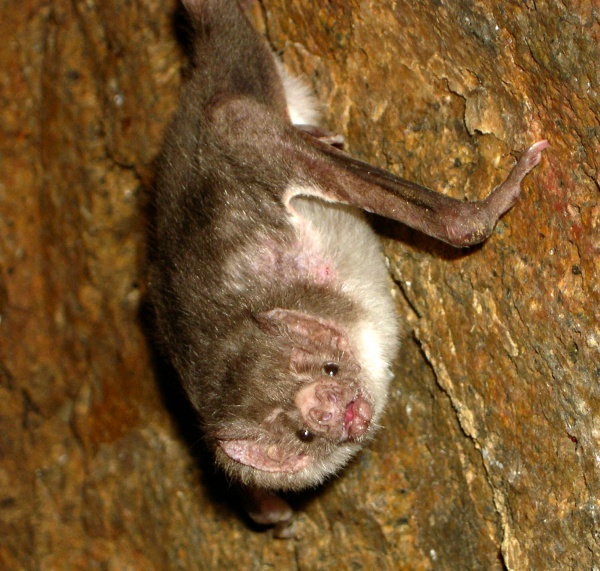Facts About Vampire Bat
The common vampire bat, a small, leaf-nosed bat native to Latin America, is most noted for its unusual diet: it primarily consumes the blood of livestock, a behavior known as hematophagy. It is one of three extant species of vampire bats, alongside the hairy-legged and white-winged vampire bats.
These bats are nocturnal hunters, stealthily approaching sleeping animals under the cover of night. With their razor-sharp teeth, they create tiny incisions in the skin and then use their long tongues to lap up the blood. Despite their eerie feeding habits, common vampire bats are highly social creatures. They engage in behaviors such as social grooming and food-sharing. They live in polygynous groups, where dominant males protect their harems of females.
Although they are often regarded as pests due to their feeding on livestock and potential to transmit rabies, the common vampire bat is not considered at risk of extinction. The International Union for Conservation of Nature (IUCN) classifies them as Least Concern because of their wide distribution and large population.
Originally named *Phyllostoma rotundum*, the bat has undergone several name changes before settling on *Desmodus rotundus*. It belongs to the subfamily Desmodontinae, along with its two vampire bat relatives. Characteristic features of the common vampire bat include silver-gray fur, a leaf-shaped nose, and clawed thumbs that aid in climbing and taking off.
These bats show a preference for mammalian blood, usually targeting livestock, though they will also feed on wild animals. They roost in a variety of locations such as trees, caves, and abandoned buildings, and are quite territorial. Males guard their roosting sites to attract females, and females typically give birth to a single offspring per pregnancy.
Human interactions with common vampire bats are multifaceted. On one hand, they are viewed as a threat because of their potential to spread rabies to livestock. On the other hand, their saliva contains anticoagulants, which have been utilized to develop medical treatments such as desmoteplase, a drug that helps increase blood flow in stroke patients.

 Mexico
Mexico